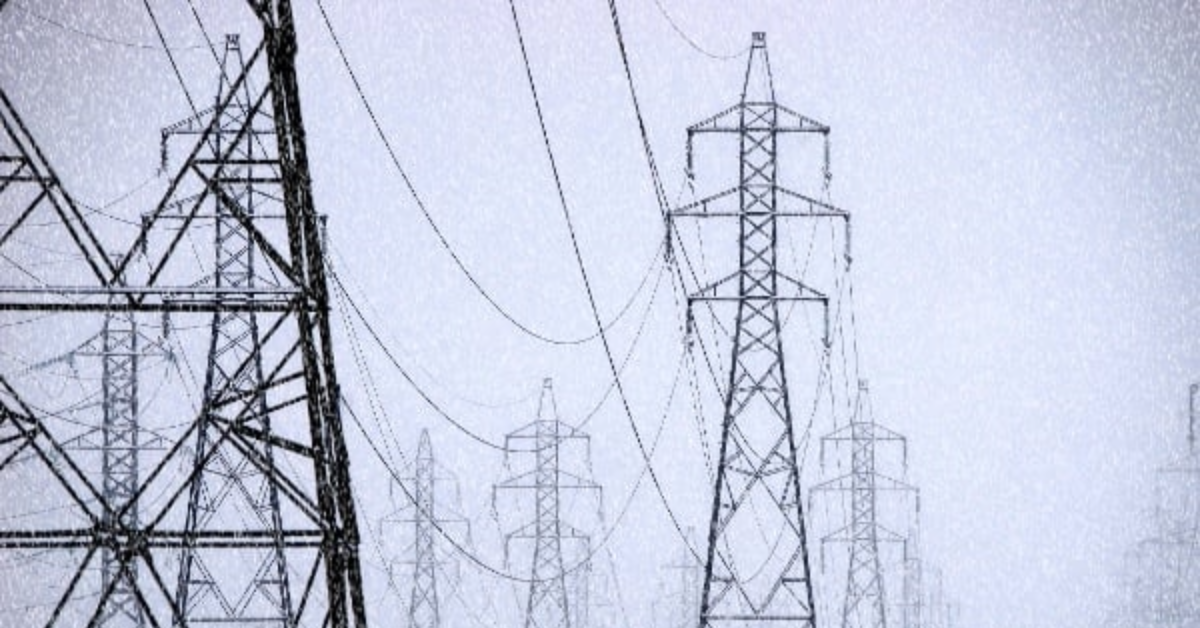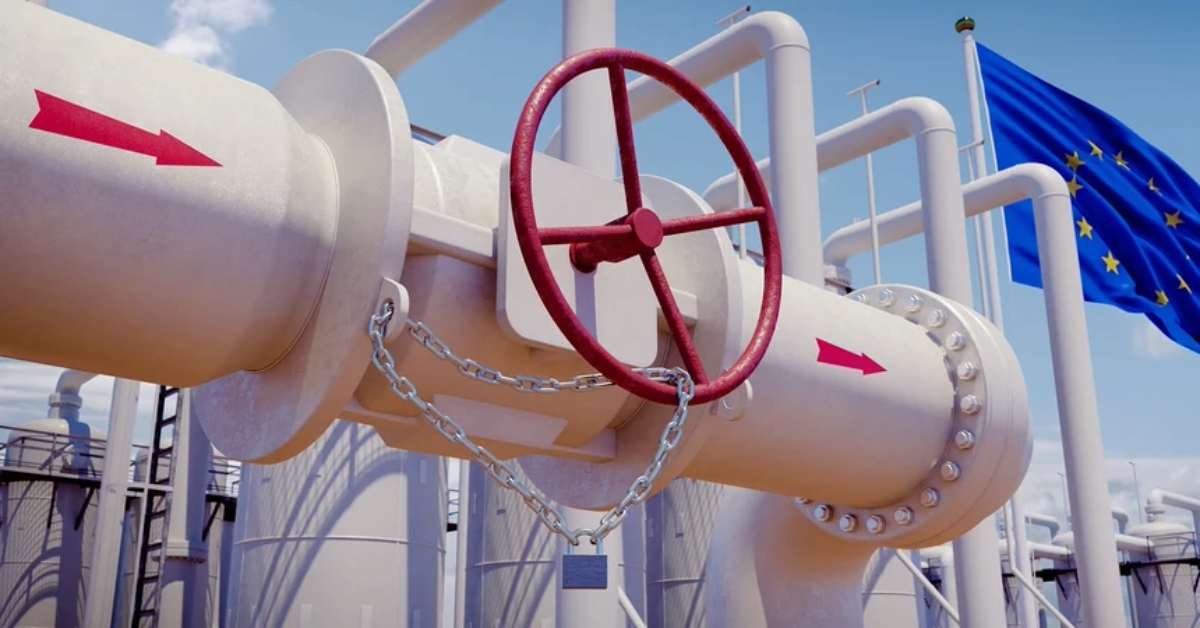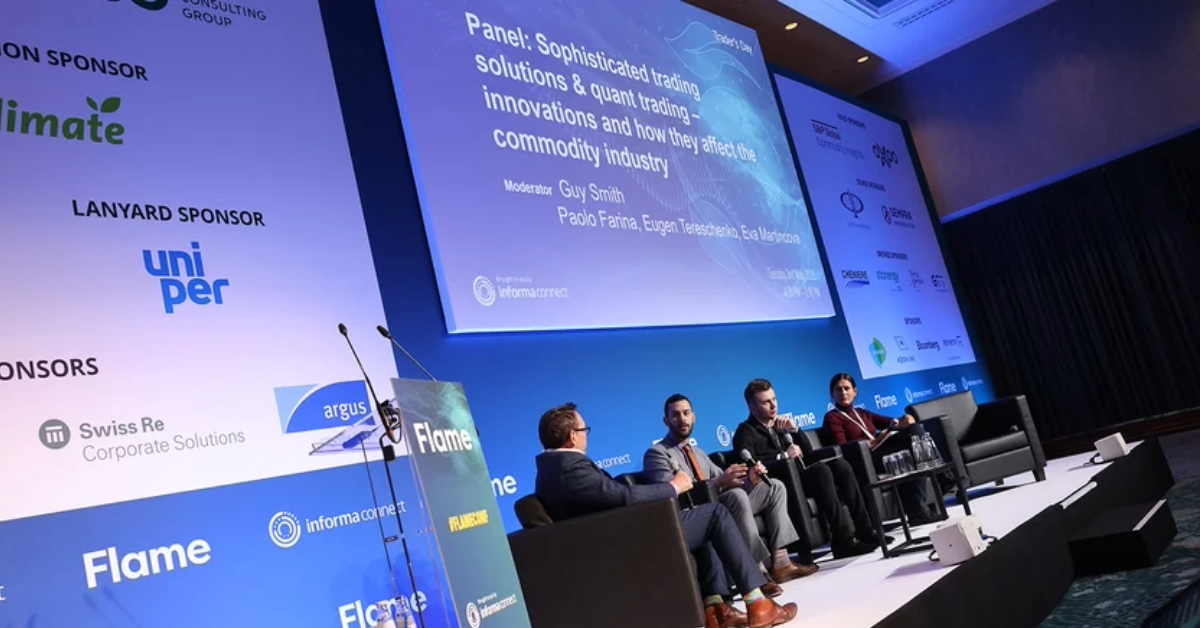Evolution of European Gas Markets
The European gas market is going through a transformational period of volatility and uncertainty. The catalyst for the current events is tragic and...
2 min read
 Team Energy Exemplar
:
October 18, 2022
Team Energy Exemplar
:
October 18, 2022

In February 2021, Storm Uri provided a wake-up call to electric and gas utilities in the United States. The winter storm, which hit the central-United States, and particularly Texas, resulted in several days of power outages, and significant loss of life. The storm has contributed to the Federal Energy Regulatory Commission’s (FERC) and the North American Electric Reliability Corporation’s (NERC) renewed focus on reliability during extreme weather events. PLEXOS customer, Michael Yang, Manager of CenterPoint Energy’s gas supply planning group, gave an overview of what happened, and the lessons his team learned and plan to apply to their portfolio and planning process in the future.
Between February 13th and 17th, 2021, unusually cold weather increased both electricity and gas demand. The cold weather also caused gas pipelines and wellheads to freeze, worsening the supply-and demand situation. Yang notes, that while the demand increase was consistent with previous cold-weather events, such a wide area was impacted that the aggregate gas demand exceeded prior national daily demand records.
The consequences for the gas industry, particularly in Texas and Oklahoma, were unique. Dry natural gas production in the US fell about 24% each day. Due to the increased demand, and lack of both gas and electric supply with frozen wellheads, wind turbines, coal piles, and pipelines, natural gas prices skyrocketed to record high levels. On February 17th, prices at the Houston Ship Channel were $400, and at Katy, they reached $359.14. Despite the desperate need for energy, CenterPoint’s actual gas load was only 60 – 70% of the forecasted peak load. Due to the variety of problems contributing to power outages, natural gas demand was lost with plants not able to operate and transmission lost.
For some utilities, the week was ruining. Many organizations filed for bankruptcy following the event.
Since Winter Storm Uri, Yang and his group have been re-evaluating their portfolio and exploring different options. His main objective, based on what he learned from Winter Storm Uri, is to limit CenterPoint’s daily gas supply, which in turn will decrease their daily price exposure. Ways of decreasing daily supply include increasing baseload supply, hedge supply, storage supply, and call supply. However, there are pros and cons to each of these solutions. Yang notes a caveat his team needs to consider when it comes to baseload supply is the risk that by increasing daily baseload supply, on warm days, the utility could end up with too much supply which would need to be injected into storage, meaning there would need to be more storage capacity.
The team is evaluating different hedging options that might protect against price spikes, including calls with a ceiling price, and fixed price hedge products. While increasing storage might be a good option, the reality is that there isn’t much storage available. At present, storage along pipelines is largely contracted out, and if the utility decides to go this route, they will have to keep an eye out and wait for storage contracts to become available.
Yang says that his group will rely on PLEXOS for all the analysis required to limit CenterPoint’s daily price exposure and mitigate future risk. PLEXOS helps his team perform in depth and detailed analysis – giving the utility confidence in gas supply planning choices. Energy Exemplar is proud that PLEXOS is CenterPoint’s gas modeling tool of choice.

The European gas market is going through a transformational period of volatility and uncertainty. The catalyst for the current events is tragic and...

Energy Exemplar recently sponsored and spoke at the 2023 Flame conference in Amsterdam, which brought together European energy professionals looking...

Tokyo Gas: Operating Across the Entire LNG Value Chain Established in 1885 as a private gas company, Tokyo Gas Group now has over 15,500 global...